Prexim (Cefixime) 400 mg
0.00$
Prexim is an orally active cephalosporin antibiotic which has marked in-vitro bactericidal activity against a wide variety of Gram-positive and Gram-negative organism. It is indicated for the treatment of the following acute infections when caused by susceptible microorganisms.
Indications of Prexim 400 mg
Cefixime is an orally active cephalosporin antibiotic which has marked in-vitro bactericidal activity against a wide variety of Gram-positive and Gram-negative organism. Prexim 400 mg indicated for the treatment of the following acute infections when caused by susceptible microorganisms.Upper Respiratory Tract Infections (URTI): e.g. otitis media; and other URTI where the causative organism is known or suspected to be resistant to other commonly used antibiotics, or where treatment failure may carry significant risk. Lower Respiratory Tract Infections-e.g. bronchitis.Urinary Tract Infections: e.g. cystitis, cystourethritis, pyelonephritis. Clinical efficacy has been demonstrated in infections caused by commonly occurring pathogens including Streptococcus pneumonia, Streptococcus pyogenes, Escherichia coli, Proteus mirabilis, Klebsiella species, Haemophilus influenzae (beta-lactamase positive and negative), Moraxella catarrhalis (beta-lactamase positive and negative) and Enterobacter species. Cefixime is highly stable in the presence of beta-lactamase enzymes.
Theropeutic Class
Third generation Cephalosporins
Pharmacology
Cefixime is a third generation semisynthetic cephalosporin antibiotic for oral administration. It is bactericidal against a broad spectrum of gram positive and gram negative bacteria at easily achievable plasma concentrations. It kills bacteria by interfering in the synthesis of bacterial cell wall. It is highly stable in the presence of Beta-lactamase enzyme. As a result, many organisms resistant to penicillins and some cephalsporins due to the presence of beta-lactamases, may be susceptible to Cefixime. Absorption of it is about 40% to 50% whether administered with or without food.
Dosage & Administration of Prexim 400 mg
The usual course of treatment is 7 days. This may be continued for up to 14 days depending on the severity of the infection.Adult and children over 12 years: The recommended adult dose is 200-400 mg (1 to 2 capsules) daily, given either as a single dose or in two divided doses. For the treatment of uncomplicated cervical/urethral gonococcal infections, a single oral dose of Cefixime 400 mg is recommended.Children (6 month or older): Usually 8 mg/kg/day given as a single dose or in two divided doses or may be given as following ½-1 year: 75 mg daily. 1-4 years: 100 mg daily. 5-10 years: 200 mg daily. 11-12 years: 300 mg daily In typhoid fever, dosage should be 10 mg/kg/day for 14 days. Children (under 6 month): The safety and efficacy of Cefixime has not been established in children aged less than 6 months.
Dosage of Prexim 400 mg
Absorption of Cefixime is not significantly modified by the presence of food. The usual course of treatment is 7 days. This may be continued for up to 14 days if required. Adults and children over 10 years: The recommended adult dosage is 200-400 mg daily according to the severity of the infection, given either as a single dose or in two divided doses. Elderly: Elderly patients may be given the same dose as recommended for adults. Renal function should be assessed and dosage should be adjusted in severe renal impairment. Children: The recommended dosage for children is 8 mg/kg/day administered as a single dose or in two divided doses. As a general guide for prescribing in children the following daily doses in terms of volume of suspension are suggested: 6 months up to 1 year: 3.75 ml daily Children 1-4 years: 5 ml daily Children 5-10 years: 10 ml daily In typhoid: the recommended children dose is 5 mg/kg body weight twice daily for 10-14 days. Children weighing more than 50 kg or older than 10 years: Should be treated with the recommended adult dose 200-400 mg daily depending on the severity of infection. Children aged less than 6 months: The safety and efficacy of Cefixime has not been established in children aged less than 6 months.Dosage in Renal Impairment: Cefixime may be administered in the presence of impaired renal function. Normal dose and schedule may be given in patients with creatinine clearances of 20 ml/min or greater. In patients whose creatinine clearance is less than 20 ml/min, it is recommended that a dose of 200 mg once daily should not be exceeded. The dose and regimen for patients who are maintained on chronic ambulatory peritoneal dialysis or haemodialysis should follow the same recommendation as that for patients with creatinine clearances of less than 20 ml/min.
Interaction of Prexim 400 mg
In common with other cephalosporins, increases in prothrombin times have been noted in a few patients. Care should therefore be taken in patients receiving anticoagulant therapy.
Contraindications
Patients with known hypersensitivity to cephalosporin antibiotics.
Side Effects of Prexim 400 mg
Cefixime is generally well tolerated. The majority of adverse reactions observed in clinical trials were mild and self limiting in nature. Gastrointestinal disturbances: The most frequent side-effects seen with Cefixime are diarrhoea and stool changes; diarrhoea has been more commonly associated with higher doses. Other gastrointestinal side-effects seen less frequently are nausea, abdominal pain, dyspepsia, vomiting and flatulence. Pseudomembraneous colitis has been reported. Central nervous system: headache and dizziness. Hypersensitivity reactions: allergies in the form of rash, pruritis, urticaria, drug fever and arthralgia have been observed. These reactions usually subsided upon discontinuation of therapy. Hematological and clinical chemistry: thrombocytopenia, leukopenia and eosinophilia have been reported. These reactions were infrequent and reversible. Mild transient change in liver and renal function tests have been observed. Miscellaneous: other possible reactions include genital pruritis and vaginitis.
Pregnancy & Lactation
There are, however, no adequate and well-controlled studies in pregnant women. Because animal reproduction studies are not always predictive of human response, this drug should be used during pregnancy only if clearly needed. It is not known that Cefixime is excreted in human milk. So, caution should be exercised when Cefixime is administered to a nursing woman.
Precautions & Warnings
Cefixime should be given with caution to patients who have shown hypersensitivity to other drugs. Cephalosporin should be given with caution to penicillin-sensitive patients, as there is some evidence of partial cross-allergenicity between the penicillins and the cephalosporins. Patients have had severe reactions (including anaphylaxis) to both classes of drugs. If an allergic effect occurs with Cefixime, the drug should be discontinued and the patient treated with appropriate agents if necessary. Cefixime should be administered with caution in patients with markedly impaired renal function. Treatment with broad spectrum antibiotics alters the normal flora of the colon and may permit overgrowth of clostridia. Studies indicate that a toxin produced by Clostridium difficile is a primary cause of antibiotic-associated diarrhoea. Use in pregnancy and lactation: There are no adequate and well-controlled studies in pregnant women. Cefixime should therefore not be used in pregnancy or in nursing mothers unless considered essential by the physician.
Overdose Effects of Prexim 400 mg
Gastric Lavage may be indicated; otherwise, no specific antidote exists. Cefixime is not removed in significant quantities from the circulation by hemodialysis or peritoneal dialysis. Adverse reactions in small numbers of healthy adult volunteers receiving single doses up to 2 g of Cefixime did not differ from the profile seen in patients treated at the recommended doses.
Storage Conditions
Keep below 30ºC temperature, protected from light & moisture. Keep out of the reach of children.
Drug Classes
Third generation Cephalosporins
Mode Of Action
Cefixime is a third generation semisynthetic cephalosporin antibiotic for oral administration. It is bactericidal against a broad spectrum of gram positive and gram negative bacteria at easily achievable plasma concentrations. It kills bacteria by interfering in the synthesis of bacterial cell wall. It is highly stable in the presence of Beta-lactamase enzyme. As a result, many organisms resistant to penicillins and some cephalsporins due to the presence of beta-lactamases, may be susceptible to Cefixime. Absorption of it is about 40% to 50% whether administered with or without food.
Pregnancy
There are, however, no adequate and well-controlled studies in pregnant women. Because animal reproduction studies are not always predictive of human response, this drug should be used during pregnancy only if clearly needed. It is not known that Cefixime is excreted in human milk. So, caution should be exercised when Cefixime is administered to a nursing woman.
| Generic Name: | Cefixime |
|---|---|
| Theraputic Category: | Antibiotic |
| Pack Size: | (200 mg : 3×4's), (400 mg : 1×7's), (200 mg/5 ml : 1's), (100 mg/5 ml : 30ml/50ml) |

 Cart is empty
Cart is empty 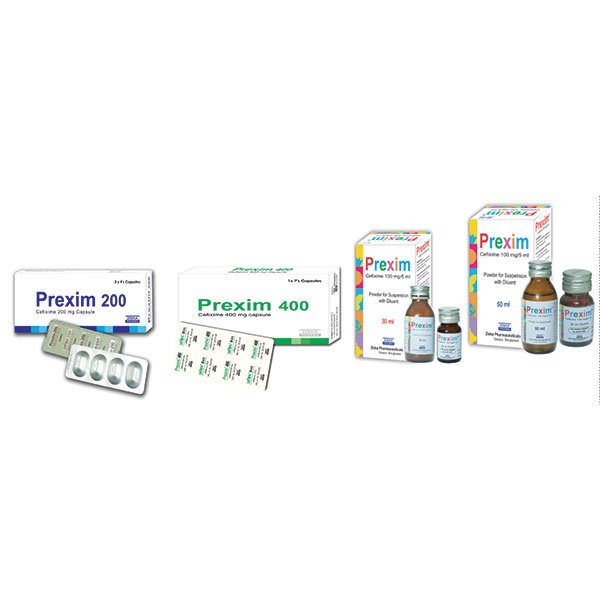
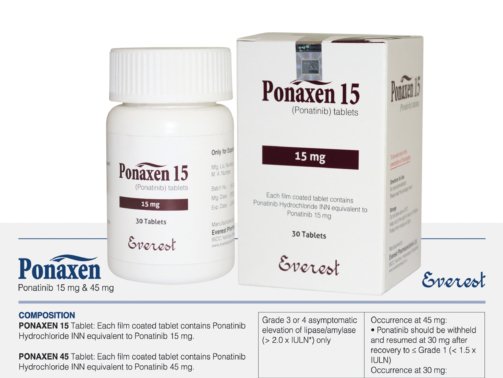
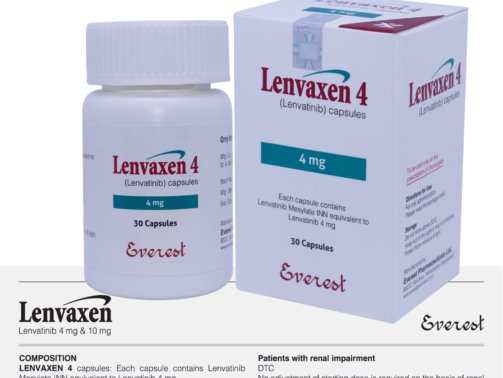
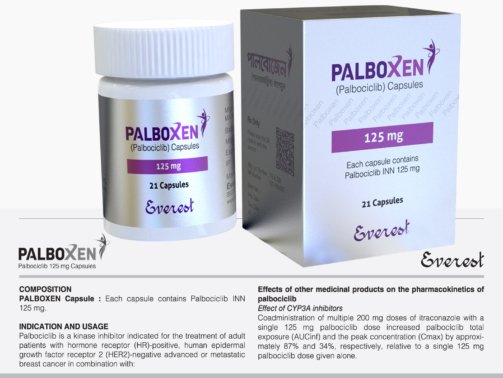
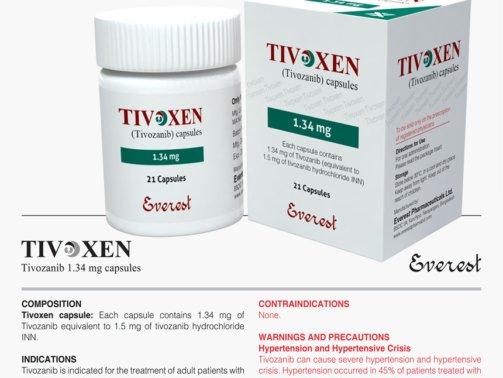
Reviews
There are no reviews yet.